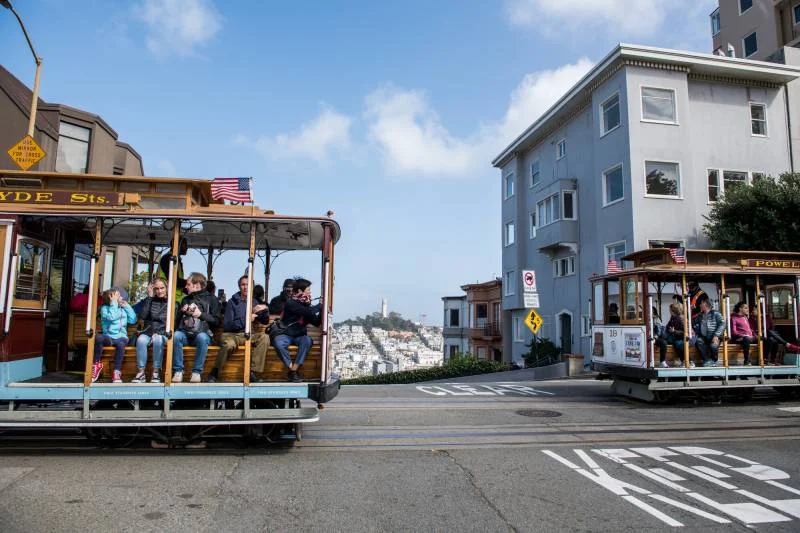
Is California’s Tourism Boom on the Brink of Collapse?
California, long celebrated as America's premier travel destination, is facing an unexpected downturn in international visitors, raising alarms about the state's economic health and global appeal. With billions at stake in tourism revenue, this decline could signal broader challenges for the U.S. economy amid shifting political winds.
Recent data from Visit California reveals a stark 11% drop in non-resident international arrivals in March 2025 compared to the previous year, with total numbers falling from 556,277 to 494,952. This trend hits hard in key markets, where a 12.1% year-over-year decrease was reported. Canadian visitors, California's largest international source, plummeted by 15.5%, while Mexican arrivals saw a dramatic 24.2% decline. European markets weren't spared either, with German tourists down over 26% and those from the United Kingdom dropping 22%. These figures underscore a broader "Trump Slump," as Governor Gavin Newsom has termed it, linking the downturn to federal policies like tariffs and trade tensions.

Analysts point to President Donald Trump's aggressive trade policies, including a 25% tariff on Canadian goods, as a major factor. This has not only soured relations but also made travel less affordable for neighbors like Canada and Mexico, where the Canadian dollar's value against the U.S. dollar has created a psychological barrier for tourists. As Caroline Beteta, president of Visit California, noted, "It's easy to say you're not choosing California when, in reality, many simply can't afford to travel right now." The impact extends beyond borders; local businesses in places like San Diego and Los Angeles report canceled plans for events such as Coachella, potentially leading to job losses and reduced economic activity.
Comparisons with other regions highlight the severity. Las Vegas has seen similar declines in hotel occupancy, prompting airlines to adjust routes. While domestic travel remains stable, international visitors—accounting for a significant portion of California's $157.3 billion in tourism spending last year—are pulling back. This could cost the U.S. economy billions, as Bloomberg reports, with ripple effects on employment and tax revenue. Newsom has responded with targeted marketing campaigns to lure Canadians back, but uncertainty lingers, especially with ongoing trade wars.
The situation paints a vivid picture of how political rhetoric and policy decisions intersect with everyday economics. For instance, Trump's comments on annexing Canada have fueled perceptions of instability, deterring travelers. In San Francisco, iconic spots like Lombard Street and Chinatown, usually buzzing with tourists, now face quieter seasons. Despite positives, such as expected increases from India and Japan, the overall forecast for 2025 predicts a 9.2% drop in international tourism, marking the first decline since the pandemic.

As California navigates this "Trump Slump," the broader implications for the U.S. tourism industry are clear: economic policies can swiftly turn a bustling sector into a cautionary tale. What does this mean for the future of American travel? Will targeted efforts reverse the trend, or is this the new normal? Share your thoughts in the comments below and let us know how global politics is shaping your travel plans.